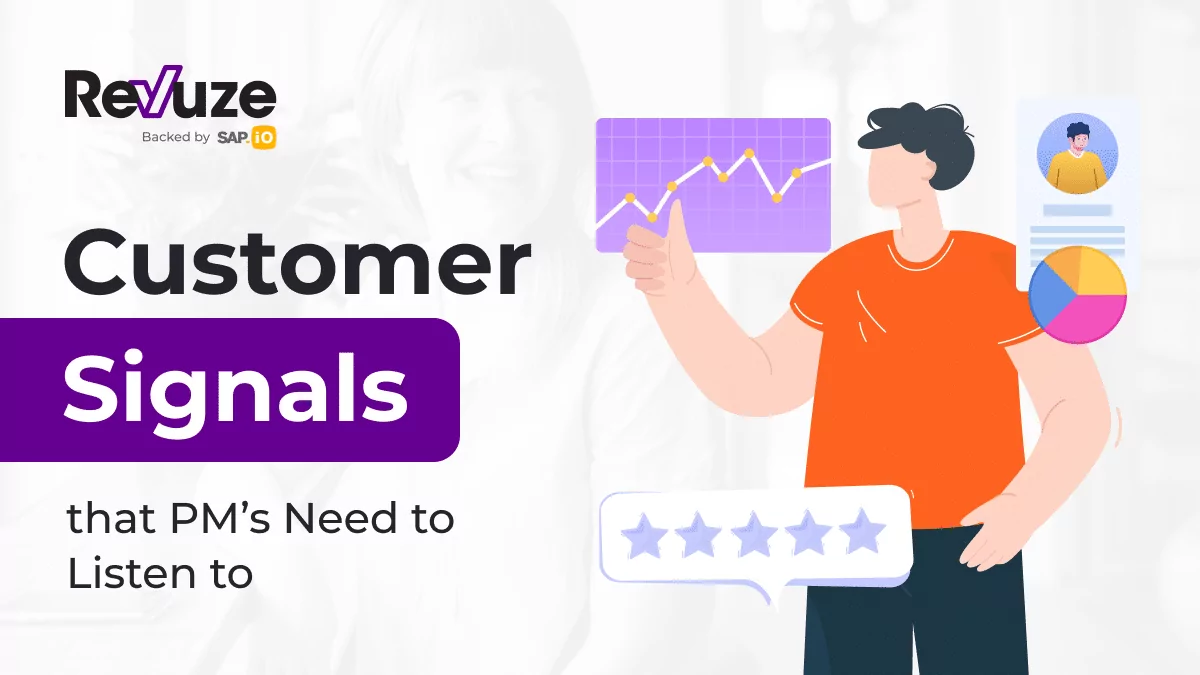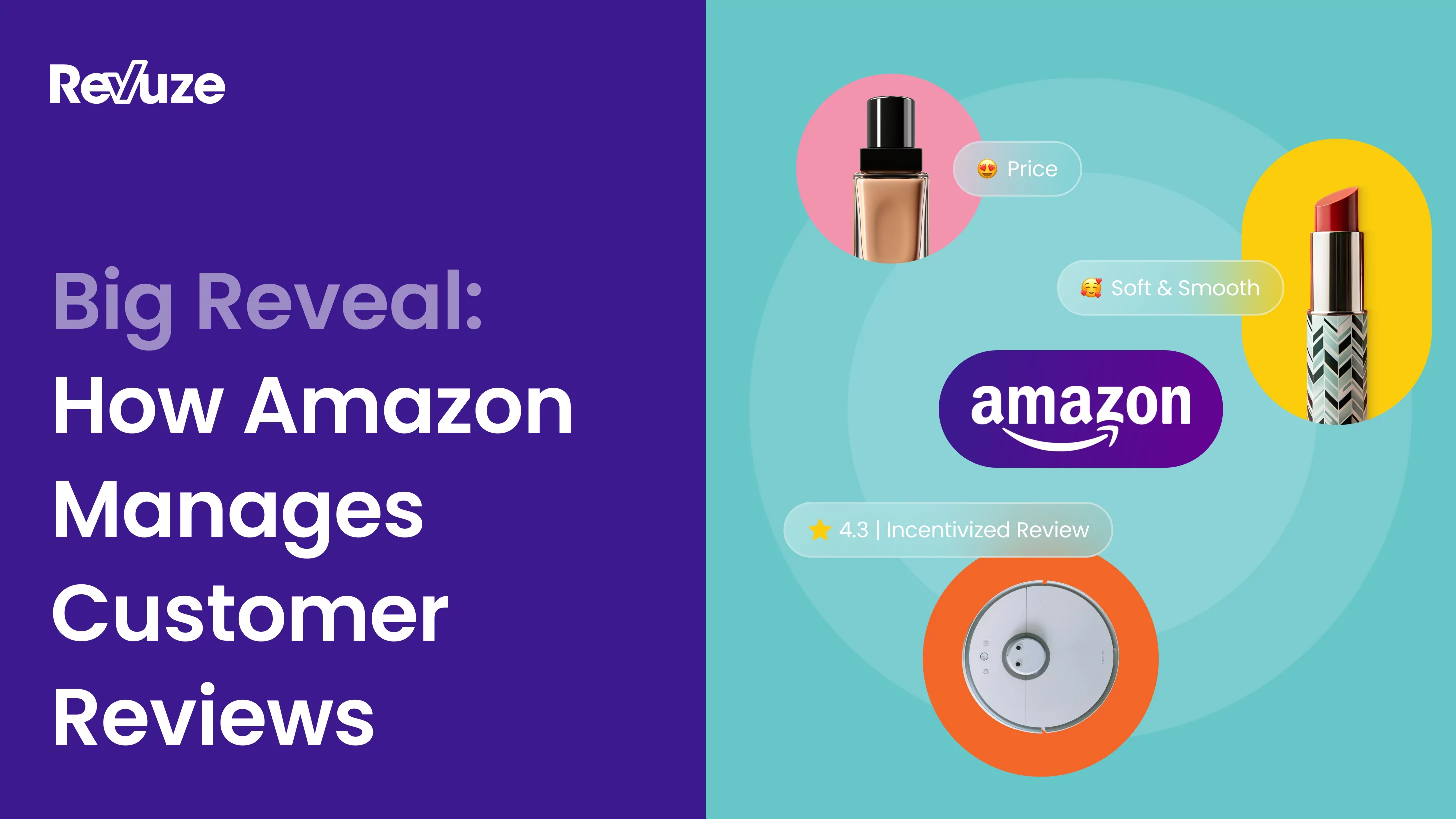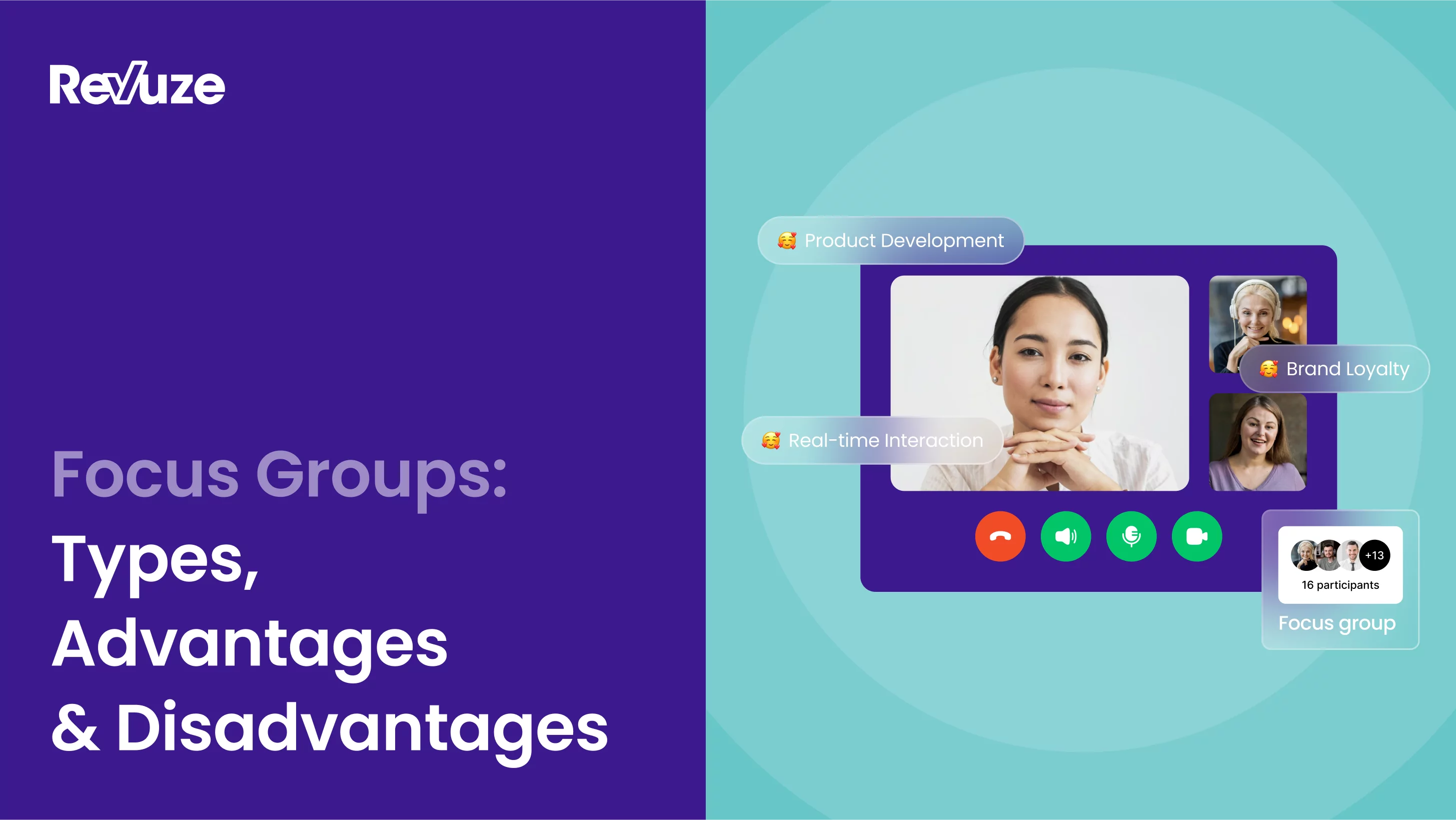
Utilizing Customer Signals for Success
We are in the age of consumer empowerment, with the consumer, and their wants, needs, future desires, aspirations, and other factors all now squarely in the center of any contemporary commercial concern. The older days of looking at the customer as a static data point, hopefully a consistently malleable one unbeholden to such things as quality issues, social reactions, or customer satisfaction scores, and sequestering interactions with them professionally within the realm of “customer service” are long over.
Signaling and Customer Reaction
These days, it’s less that the customer is always right now, and more let’s take a real look at who our customers are, who we are as a business or enterprise or offerers of any specific service, and how we can make that entire web of connections flow harmoniously and for long periods of time. Your customers and their decisions will make or break your firm or endeavor, so listening to them and the signals they convey becomes of the utmost importance.
Customers and Feedback
To that end, one of the most important concepts and nodes of commercial data one can utilize for their business remains simply and firmly customer signals, or the messages contained in feedback from consumers, whether in direct response or any other data point that can indicate a customer or consumer’s state of mind. These signals can take place across any number of mediums or touchpoints. Responding to them thoroughly and effectively requires strategy.
What Are Customer Signals?

So what do we mean, really? What are these customer signals, and why are they so instrumental in the success of any product, service, or commercial concern in general? And following that, how can product managers identify these points of data that illuminate what consumers are thinking and feeling about their products, and their brands at large? Is it all in the sales numbers? The consumer base’s social reaction to a new and polarizing launch? How do the customers react around quality issues as they arise with any given company? Should product managers be talking directly to the consumer base, or otherwise interacting with them? Is there any simpler way to figure out just what the consumer wants?
Customer Signals: Social Reactions as Knowledge
The answer to all these questions all comes down to essentially the same thing. Should we listen and engage where possible with our customer base, and listen to what they’re explicitly saying, or otherwise signaling, if we want to stay in ongoing mutually beneficial and profitable partnership with them? The questions and answers may seem rhetorical, but they are pointing to very real changes in how we understand the classic business relationship between firm and client, business and customer, product management and consumer base. The answer we believe is firmly yes.
Customer Signals, The Pulse of Now
Customer Signals represent the present and what drives it. Beyond simply collecting static data points from customer satisfaction surveys or whichever customers can be cajoled into staying on the line with a representative, customer signals represent the much fuller picture of engagement and reality as pertains to any product or launch. This list of 6 key customer signals serves as a useful reference point for what a more holistic and arguably more meaningfully engaged system of engagement with a firm’s customer or client base should be based off of.
The Important Questions on Customer Signaling
Firstly, what are customers saying about your product? What directions are the reviews swinging? The classic data points, but they are only the start. How are they comparing your product to your competitors? Your pricing? How is reflected in sales, another major signaling point of data? Whether they rise or fall, tell a tale of quality issues or positive social reaction, each point offers useful data, is a clear signal that can be followed to future clarity and likelier successes.
Human Signals
Our current marketplace offers further and newer yet still fully established nodes of signaling, places where your product and your customers are giving you data you can use to make better products, acquire more and or better customers, such as social media. Are the influencers on your side? Do they know you exist? If they do, how are they talking about you? How do they score you? For that matter, going back to your customers, how are they scoring you?
Signal for Success
The questions seem to often start and end at the same place, but that is part of the nature of what we now understand business and engagement to be, a more human and rounded experience. If you can listen to your customer signals, you stand a far better chance of actually responding to their needs and wants, and creating products that work and succeed in every conceivable sense.
Customer Signals and Real Life
The new age of business and product marketing and selling demands that we approach relationships with the customer as we would with anyone in our life. We must listen actively and with the greatest possible engagement. We must be able to tell different stories to different audiences, even for the same product or brand. Finally, we must be willing to make tough decisions, and stick with them. As intro to college composition teachers love to point out, ethos, or one’s character and moral and intellectual being taken into a whole, must count.
Signals and the Future
Firms that are honest, that engage with their client or consumer bases with honesty, integrity, and a desire to know more so that the relationship can be improved, and that are willing to make the mature decisions that define any mature agent in any given system or transaction, those firms are responding to the business demands of the present and future.
Who’s the Boss?
We are entering an era where product design, marketing, and retailing no longer occurs in a vacuum. We no longer tell the customer what they want, offer the product, and tell them to take it or leave it. That was the past, which carried with it necessary and fatal inefficiencies across the board, but especially when it came to companies and their brand managers assuming the market’s desire. This led to them pushing forth products that, as the saying goes, worked on paper.
Successes and Failures in Customer Signals
Failures to Listen, Failure to Design
CMSwire notes the famed example of the notorious Ford Edsel, though more modern examples like Nokia’s N-Gage abound as well, with Newegg noting that it was “doomed from the first pitch meeting”, for reasons including but very much not limited to “such bad design it became part of the phone’s legacy”, including, most infamously, the requirement to take out the battery to switch out for new games. Such lurid failures, still commemorated in pop cultures decades or even half centuries later, represent the stakes for not listening to one’s customer base seriously, for ignoring reactions from new campaigns, and failing in general to take customer signals seriously.
Signal Paths to Victory
Indeed, the future can be glimpsed in both the recent responses to successful product launches like the X-Box Series S and X, two systems borne of listening to consumer sentiment. Much of the discussion around the gaming marketplace has revolved around scarcity borne of multiple factors, namely the pandemic, related supply chain shutdown issues, and increased demand borne of locked down populations and consumer bases. Finding the flagship models for the two leading brands, Microsoft or Sony, has proven a nightmare for consumers, but a clear winner emerges.
Signaling and Delivering
Unlike Sony, who put all their future platform eggs in one product basket, the nigh unattainable if well powered Playstaion 5, of which the common speculation has formed as such that you cannot get one, and it arguably might as well not exist. It is by no means a failure whatsoever, but there is a failure in Sony’s ability to meet its consumers needs, as noted by their recent stock drop as well, also borne of Microsoft maneuvers in their shared and competed for marketplace. Microsoft was able to build more consoles, get them to more customers, and, most importantly, when it came to what customers signaled they wanted, more games, better pricing and access around them, and a console to actually play them on, Microsoft was able to deliver, and create a seamless customer experience.
Good Design and Offerings from Listening to Customer Signaling
Products like Microsoft Game Pass seem almost laboratory designed as perfect examples of customer signals being heeded, with the attendant benefits and rewards. Customers made clear, via feedback on product pages and landing sites for specific games on online storefronts, what they wanted, the kinds of games and gaming experiences they wanted, and followed through with sales to back it up. Microsoft in turn knew how to properly parse and analyze these different channels of feedback.
Listening to Customer Signals Closely
Microsoft knew that not every fourteen year old commenting angrily on an ingame message board that can host feedback as well is the same as their parent who bought the console for them as they write a somewhat more sober message on Amazon or Google shopping. Such nuance is key, as Microsoft can then understand and know who when they write what will actually be buying such. Their sales numbers seem to tell a story of successful signal following and then successfully translating what those signals were saying into the products and services offered as well.
The Stakes of Signals in One Market
So much of what we are seeing from Microsoft’s successes in the latest generation of the console wars can simply be pegged to Microsoft actually appreciating what it was seeing, taking in all the signals across all channels, and gearing up their offerings accordingly. Also accordingly, it seems like much of the future of the $86B video game industry is in their hands. Such are the rewards of respecting customer signals.
Signals At Every Scale
Now, not everyone is going to have the scale or resources of a Microsoft, to say the least, or at least as much as any number of antitrust lawyers in the nineties did, but really, the lessons and imports of customer signals, and their ramifications for business, scale up or down to anyone and their concerns. Your firm or product may not have several layers of message boards, or feedback pages, or teams of trained customer service professionals to follow out on each individual client, but that does not in any way shape or form mean the intuitive and market-borne insights and truths of customer signals holds no value for one smaller or much much smaller than any home name brand.
Customer Signals, Past and Future
As we said earlier, these insights often model the contours of good human behavior and relationships, a positive inverse of when trained psychologists sought to exploit human nature and behavior for commerce during the postwar eras. Anyone, any firm can properly and sensitively listen to what their customers are telling them, in all the varieties of ways that those signals can be heard and understood. Customers make it very clear via their signals how they feel about things now, what they didn’t like about the past, and what they want and dream of for the future.
Conclusion
Customer signals tell this story, and firms that are successful read them clearly, at any scale, for any transaction. It simply requires the hallmarks of human maturity, be it engaged listening, and or simply character, the courage to not do what first appears brave but really is easy, like releasing an unfinished or poorly designed product, but to give your customers what they really want, indeed, what they have signaled to you. Meeting that challenge requires a courage all its own, and signals are the tools any firm or business will use. Successfully meeting the challenge is really just locking down the future for any given firm or product. Those that heed customer signals consistently, thoroughly, and carefully will inherit the commercial future accordingly.
 All
Articles
All
Articles Email
Analytics
Email
Analytics








 Agencies
Insights
Agencies
Insights